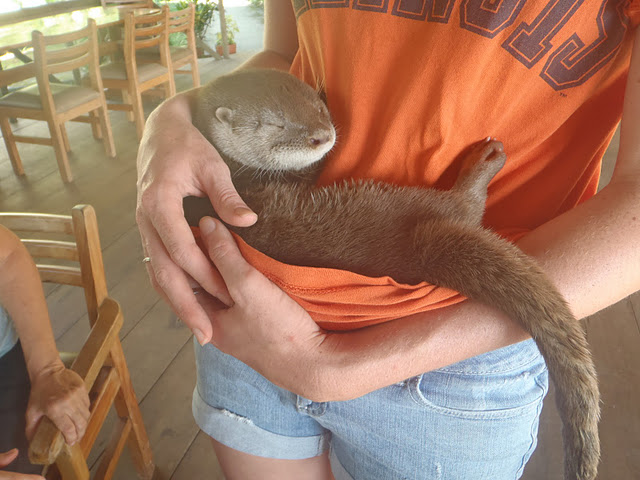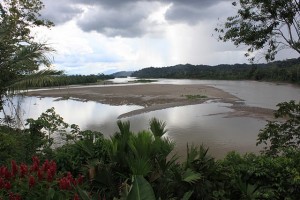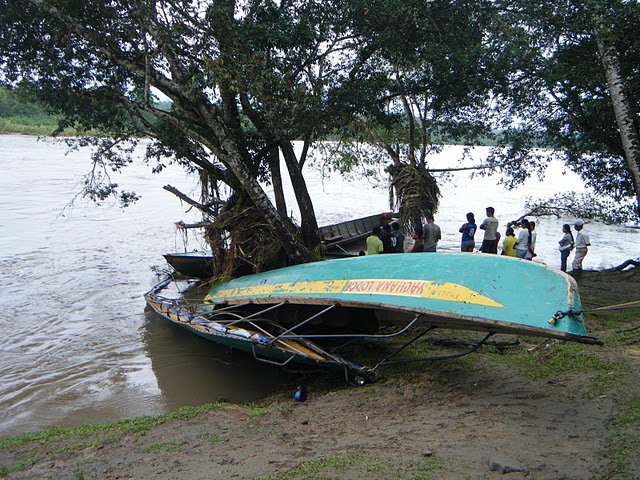This title needs some explaining. And bear with me… this post is un poco long, hence me dividing it into 2 parts. I’ll try to keep you entertained along the way with pictures and my (often failed) attempts to be funny. Get comfy, and happy reading =)
In previous posts, I’ve mentioned working with a social enterprise accelerator called Village Capital. After such posts, a few of you have sent kind emails and notes saying that while the pictures are nice, most of what I write zooms straight over your head. And that’s just no bueno. So here goes – my grand attempt to explain Village Capital, impact investment, business accelerators, and social entrepreneurship. But promise me this – if I clear all this up for ya’ll, will someone please tell me (in one sentence) what the heck all this “Occupy Wall Street” stuff us? Not a single news source has been able to give me a straight answer….
I digress…
So travel back in time with me circa 2006. Muhammad Yunus and the founders of the Grameen Bank have just won the Nobel Peace Prize for making popular the financial tool that forever-changed development: Micro-credit. Micro-credit was designed so that the “un-bankable,” or rather those who did not have sufficient income for a traditional bank loan, could be granted small loans at low interest rates. With these affordable loans they could then start a small business, purchase a piece of machinery, invest in a few pairs of animals, or purchase some other type of working “capital” that could help to generate more sustainable income for their family.
What’s unique about micro-credit is that within the Bangladeshi communities that were initially served, the Grameen Bank formed small groups of individuals and asked them to vote amongst each other as to who was the most “loan-worthy” at the time. This peer lending model not only created solidarity within each group, but also established accountability and a faint sense of peer pressure. If an individual did not work to repay their loan, chances are their peer lending group would not vote to grant them another loan in the future. Within peer lending groups, micro loans have an average repayment rate of 97%. You don’t have to be a Swiss banker to see that the peer lending model works.
So now let’s travel forward in time to late 2010. (But remember the concept of peer-lending, you’re going to need it later!) First Light Ventures, an impact investment fund, was brainstorming cost-effective ways to expand their portfolio of social enterprises and unlock the potential of social entrepreneurs in emerging markets.
Stop… I know what you’re thinking. “There you go and lose me again, Megan. What in the world is impact investing? And how is a social enterprise different from a regular enterprise?
Hold your ponies, I’m getting there.
A social enterprise, led by a social entrepreneur, is different from a traditional for-profit enterprise in that in addition to generating a profit, a social enterprise also measures its success by the amount of social impact it creates. That is to say, a social entrepreneur will not consider his venture a success (despite any cash that is rolling in) unless his social mission is also being fulfilled. Social and impact are a bit harder to nail down, and can mean different things to different entrepreneurs. This in and of itself is a beautiful thing and creates room for innovation across a variety of social needs….employment, healthcare, education, affordable access to basic goods and services, climate change mitigation, waste management, security, financial services…. You get the point.
Typically, social enterprises are geared toward the “Bottom of the Pyramid” (BOP), which represents the 2.5 billion people in the world that makes less than $1,000 a year. The population at the BOP makes up a large consumer market that, if given the chance to consume and take advantage of goods and services that are affordable, sustainable, educational, useful, nutritious, safe, etc., could begin to lift itself out of poverty and toward a higher standard of living.
For example, Yachana Technologies (YT) assembles and distributes 20-liter home water purification systems that eliminate 99% of all water impurities. Their mission is to provide clean, affordable, safe drinking water and reduce dependency on plastic water bottles. If a family in the Ecuadorian Amazon making $800 a year decides to invest in a “Yachana Technologies water purification filter” for $40 (about 5% of their annual income), over time this family will save approximately $80-$100 a year on what they would have spent purchasing bottled water, their children will be at a lower risk for contracting parasites, dysentery, and other digestive illnesses and thus be able to attend more days of school, and finally the family will not be throwing away toxic, petroleum-based plastic bottles that when burned pollute the air more than any other type of burned material. YT then uses its profits to expand production and introduce its water filters in other areas where clean drinking water is scarce.
Saving money, happy healthy kids, less pollution, and profits to expand… genius! If you don’t have warm fuzzies and goose bumps just thinking about a child drinking water free of bichos del ombligo (belly-button bugs) for the first time, I don’t think we can be amigos anymore.
So what happens when Yachana Technnologies wants to expand their filters to the Peruvian Amazon or work on prototypes for different BOP solutions? One option is to attract an impact investor or an impact investment fund. What is an impact investor? Darn glad you asked. Impact investors “actively seek to place capital [cash money] in businesses and funds that can harness the positive power of enterprise.” Some social businesses may have too large of a financial need to solicit a micro-loan or may be ineligible for grants that are intended for non-profit organizations. “Impact investing has the potential to unlock significant sums of private investment capital to compliment public resources and philanthropy in addressing pressing global challenges” (www.thegiin.org).
However, one of the biggest hurdles for impact investors is actually getting people on the ground in emerging BOP markets to scope out social enterprises, meet the entrepreneurs (and converse in their native language), and report back to their board as to which enterprise is the most investment worthy. First Light Ventures, the impact investment fund I mentioned earlier in this post (probably seems like forever ago), was struggling with this same problem.
And then it hit them… peer lending! In case you’ve already forgotten, in the peer lending model individuals voted amongst themselves as to who received the micro-loan. Could this same model work with social entrepreneurs looking to receive seed capital? It sounded like a solid idea, so First Light Ventures decided to test it out. Small groups, or “cohorts,” of pre-selected social entrepreneurs were taken through a 12-lesson business accelerator program where they were mentored by seasoned social entrepreneurs, given workshops on how to improve their businesses, scale their models, attract capital, successfully pitch their idea, etc.. All throughout the process, however, the entrepreneurs voted amongst themselves as to which social enterprise was the most investment-worthy. Sure enough, at the end of program 2 enterprises were left with a majority of the votes and therefore won a seed investment from First Light Ventures…. And the Village Capital model was born! This peer-selection process has since been implemented (very successfully) by Village Capital in San Francisco, Boulder, New Orleans, Mumbai, Sao Paolo, and London. The program has (in just 1 year!) graduated 137 participants and will have awarded nearly $1 million in seed capital to winning social enterprises. That’s $1 million going toward product development, job creation, market expansion, and all-around “good stuff” for the Bottom of the Pyramid population.
I know you’re probably also feeling bad for the enterprises that don’t win (I was too), but don’t worry! It’s a win-win! During the acceleration process each enterprise gains access to invaluable mentoring and business coaching, will be exposed to a variety of additional impact investors, and most importantly leaves with a life-long network of peer social entrepreneurs.
So let’s bring it on home for now, because I’m just as tired of writing as you probably are of reading. The whole point of me laying this all out is because while I’m down here researching possibilities for Village Capital in Ecuador, I’ve actually decided to test a micro-version of Village Capital, Village Capital-ito, (add –ito to anything in Spanish and you make it mini) at the Yachana High School.
…And it’s going great! The students have spent the last 2 weeks developing social enterprises for the Amazon and have already begun to critique and offer suggestions for each other’s ideas. In part 2 of this post, I’ll tell you all about each group’s social enterprise, the triumphs and lessons learned along the way, and reveal the winning team of student entrepreneurs!
Photo credits:










